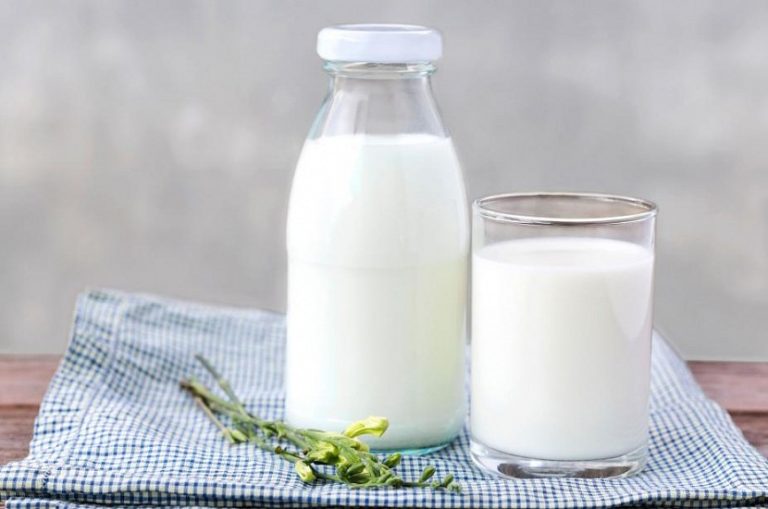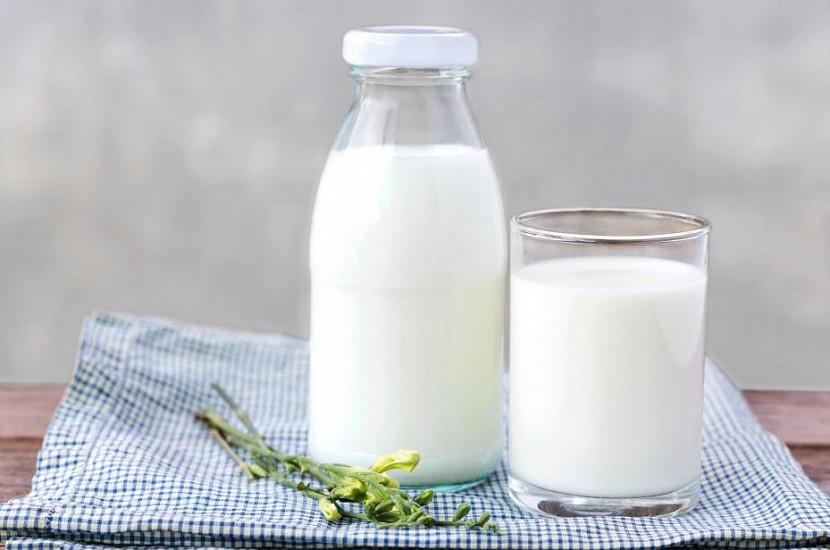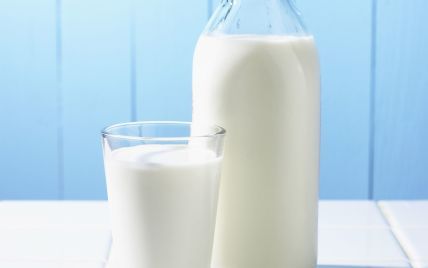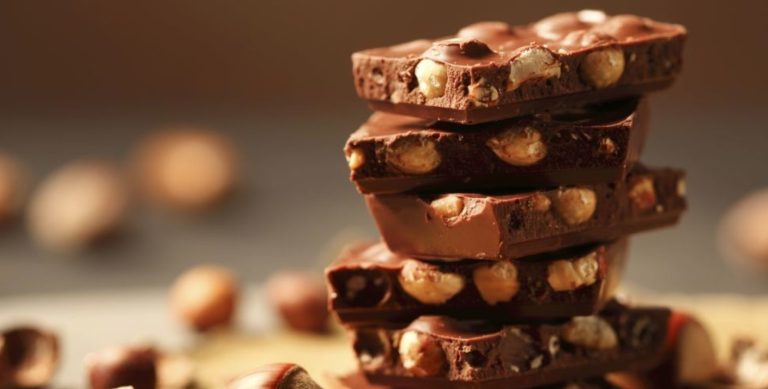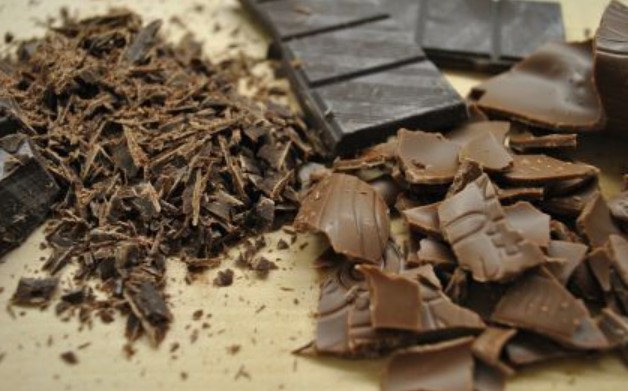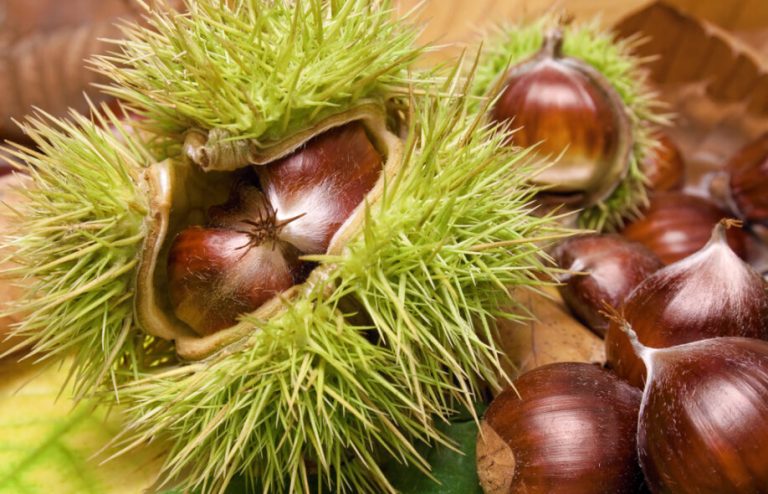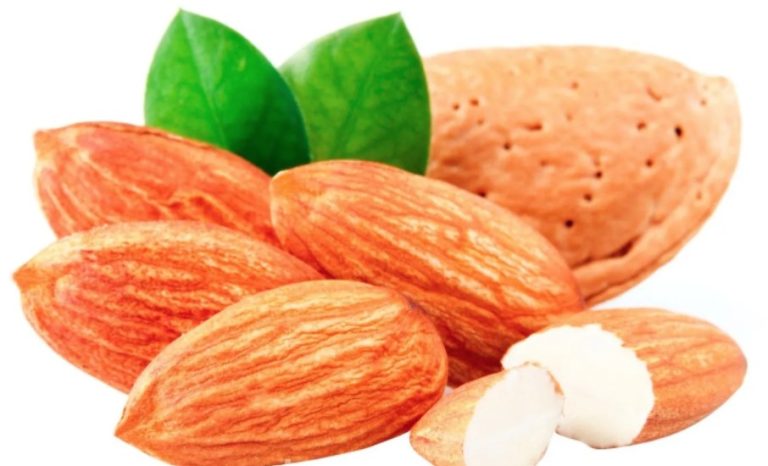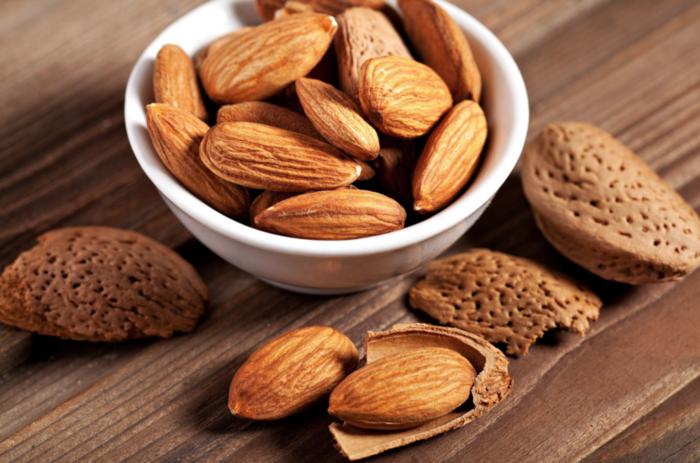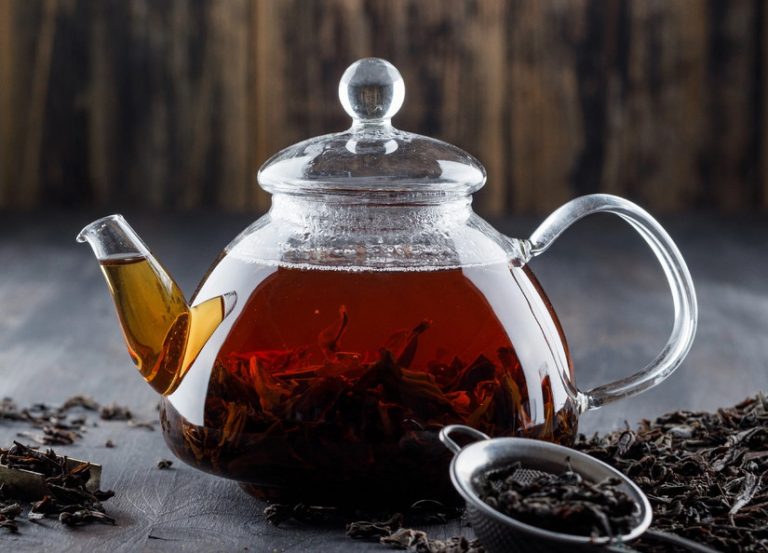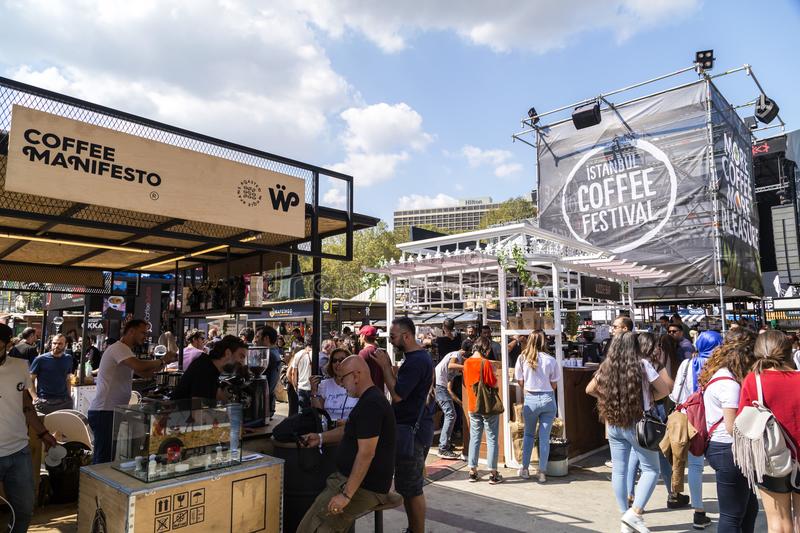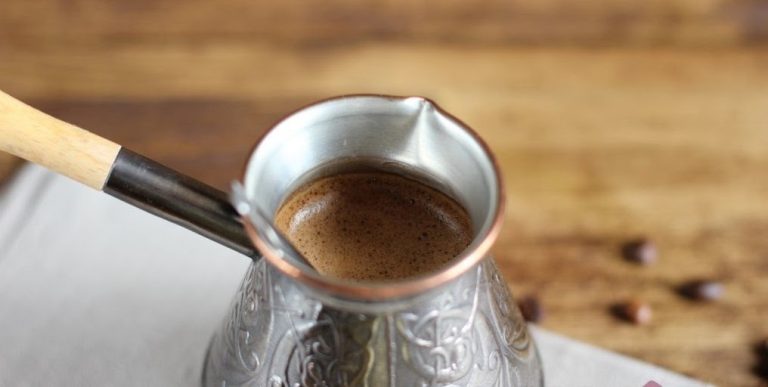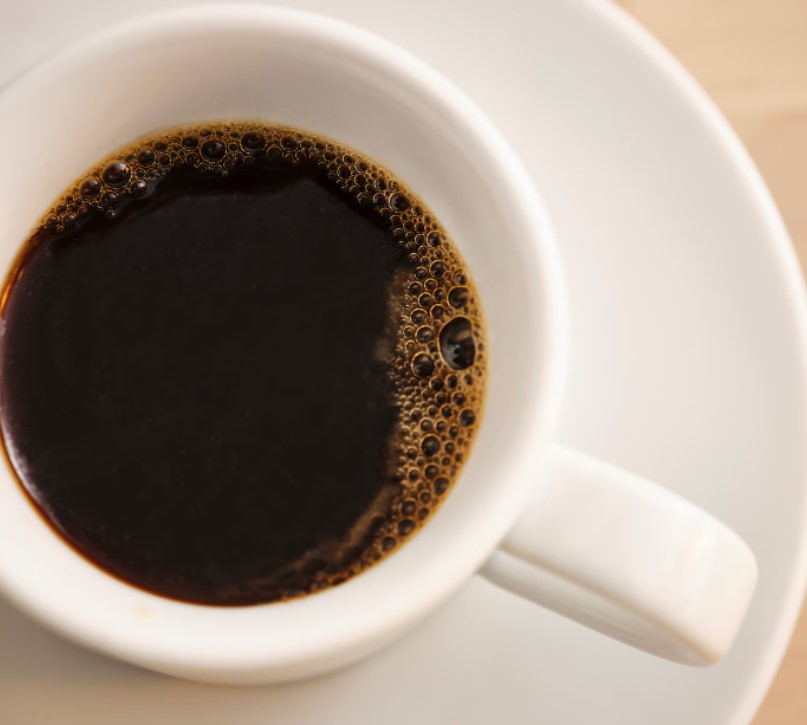Coffee has become an indispensable part of our everyday life. But since when has the popular hot drink actually been drunk and how did coffee come to Germany? In this post you will learn more about the origin and history of coffee.
Back to the roots: the coffee story in Ethiopia
In general, the origin of coffee cultivation is not historically documented. However, the custom of drinking a hot brew made from roasted coffee beans is said to have originated in Ethiopia. It has been proven that the plant genus Coffea originated in tropical Africa. The Ethiopian highlands are considered the place of origin of the Coffea Arabica bean. Coffee was first mentioned there early in history – namely in the 9th century.

According to legend, a 9th-century goatherd named Kaldi in southwestern Ethiopia discovered coffee when he observed his goats frolicking at night, nibbling on the cherry-like fruit of a small tree, and didn’t seem tired. To get to the bottom of the matter, he tasted the cherry-like fruit himself. He quickly noticed its stimulating and refreshing effect.
Coffee probably came to Arabia from Ethiopia through slave traders. Old writings show that the Yemenis were already operating the first coffee-growing areas in the Middle Ages. In the port city of Mocha in Yemen, in the 14th/15th Century the first coffee plantations. The term “coffee” is derived from the Arabic “kahwe” or “qahwa”, which means something like vitality or strength.
The story goes on: spread of coffee & arrival in Europe
From the middle of the 15th century, coffee made its way to the Egyptian metropolis of Cairo via the Saudi Arabian cities of Mecca and Medina. A turning point in coffee history. Because from then on an expansion of the Ottoman Empire took place from the 16th century.
Coffee conquered Asia Minor, Syria, Egypt and south-eastern Europe. The first coffee houses were popping up everywhere. For years, Arabia, especially Yemen, had a monopoly on the coffee trade. The Arabs had only supplied their trading partners with raw beans and previously poured hot water over them. As a result, the beans became incapable of germination and could no longer be grown in other regions. The small state secret was properly guarded by the Arabs.
A change in the history of coffee did not take place until the 17th century. With the beginning of colonization, the coffee monopoly of the Arab world fell and coffee found its way into Europe. More and more travelers and pilgrims reported about the energy-rich drink and brought small amounts of the coffee back to their home countries. With the expansion of trade routes, sacks of coffee beans were soon arriving in the major port cities such as Venice, London, Amsterdam and Hamburg, and coffee became a coveted beverage of the sophisticated wealthy in these cities.
Gradually, numerous coffee houses opened in Europe and North America. The first coffee house opened its doors in Venice in 1647. As a central meeting place for the citizens of the city, the coffee house gained social relevance. More coffee houses opened in the years that followed: 1650 in Oxford, 1652 in London, 1673 in Bremen, 1677 in Hamburg, 1685 in Vienna. The coffee house tradition is still maintained in some large cities. And coffee cultivation also expanded abruptly.
Long after its origin: coffee becomes a popular mass drink
Once in Europe, the triumph of coffee could no longer be stopped. Here, coffee became a coveted beverage of urban elites and nobility, because coffee was initially considered a pure luxury good. Only later in history, in the middle of the 19th century, coffee gradually became a popular and mass drink.
This development in coffee history can be attributed to the mass production of coffee on plantations in South America and the increasing purchasing power of the working class. The coffee trade became much easier due to the advancing industrialization and the broad working class also felt a relative prosperity. While coffee was still a stimulant for the aristocratic upper class, workers particularly valued the powerful and invigorating effects of coffee.
Industrial finished products have been consumed for the first time since the 20th century. In times of war, soldiers were provided with easy-to-make and long-lasting instant coffee. From 1945, however, bean coffee was in short supply. During the Second World War, coffee production was curtailed in factories, and instead the focus of nutrition was shifted to carbohydrate-rich foods such as potatoes and flour. Instead, German coffee consumers had to be content with a coffee substitute called Muckefuck.
This can be prepared in different ways. Basically, chicory roots are used for the production of the drink, which are roasted, ground and finally infused like ordinary coffee. This gave the substitute coffee its coffee-typical color. Other main components of the hot drink were barley grains, which were also roasted. Other grains such as rye and spelled were also worked into the mixture for a change. There are two explanations for the origin of the word coffee substitute. Some assume that the term comes from the French “mocca faux” (wrong mocha). And others in turn believe that Muckefuck can be derived from the Rhenish “Mucke” (brown woodworm) and “Fuck” (lazy). The taste of the drink can be described as nutty. Of course, the taste cannot be compared to coffee from a filter coffee machine.
Gradually, through different methods of preparation and coffee variations, coffee became one of the most important commodities in the world – and remains so to this day. Today, coffee is considered the second most important raw material on the global trading market. The range of coffees is large and diverse. Germany is supplied with tons of Arabica beans and Robusta beans. These are ideal for grinding and brewing in filter coffee machines. The largest coffee exporter is Brazil, beating Vietnam by far. The largest country on the South American continent supplies the world with 2.7 million tons of coffee every year. Vietnam contributes around 1.6 tons of green coffee every year – and the trend is rising. Because more and more citizens of the world who want to enjoy a cup of coffee from the filter coffee machine need to be catered for.
The history of coffee in the 21st century
A lot has happened in the coffee world in recent years. Not only the variety of coffee is constantly growing, but also the coffee machine manufacturers always surprise with technical innovations. But our attitude towards this drink and its value chain has also changed.
Coffee, pad and capsule machines as well as fully automatic espresso machines are becoming increasingly popular and can be found in more and more households. Due to constant further development by the manufacturers, the preparation is becoming faster and quieter and the coffee more aromatic. The variety of coffee specialties that can be prepared with the coffee machine is also increasing regularly. Milk drinks such as cappuccino or latte macchiato are now particularly popular.
But the importance of coffee has also changed over the course of history. Coffee is no longer just a synonym for pick-me-up, but has developed into a luxury good. There is a growing willingness to pay more for quality coffee products and equipment. The increased interest in the processing of the coffee goes hand in hand with the idea of quality. Drum roasting is the preferred refining method for those interested in coffee. This development of quality awareness is also reflected in the numerous small specialty roasters that are currently conquering the backyards of many large cities. In addition to quality awareness, the idea of sustainability has also become more and more important to coffee drinkers. In addition to price and quality, the origin and possible certifications also play a role. Customers want to know more about their coffee.
One effect of this coffee evolution is the “third wave of coffee”. The third coffee wave stands for high-quality coffee, which is seen as a luxury food. It is her concern to shape all components of the value chain in a high-quality and sustainable manner and thus to increase the product and taste quality. For them, roasting is a craft and not just an unimportant step. But the working and living conditions of the local coffee farmers are also important to this movement. In this way, as many middlemen as possible are eliminated so that the greatest possible proceeds go directly to the coffee farmers. Additionally, in this movement, the original and alternative brewing methods are favored as opposed to the fully automatic coffee maker. The focus is on aromatic coffee preparation that has nothing to do with speed or simplicity. Here, no coffee machine makes the filter coffee, but it is poured by hand. Quality awareness and consumer interest should be aroused. They should decide for themselves which coffee is good and not blindly trust the colorful coffee packaging.
Learn more about the origins and history of coffee

Those who would like to learn more about the cultural history of coffee can visit various coffee museums with attractive exhibits, for example the forerunners of the filter coffee machine. Located directly on Lake Zurich in Switzerland is probably the largest collection on the cultural history of coffee. The Johann Jacobs Museum in Zurich maintains an extensive library and exhibits, among other things, machines and fine porcelain from bygone times. Since 2013, the Coffee Museum has been dedicated to the complex history of the global trading world based on commodities such as coffee and cocoa.



